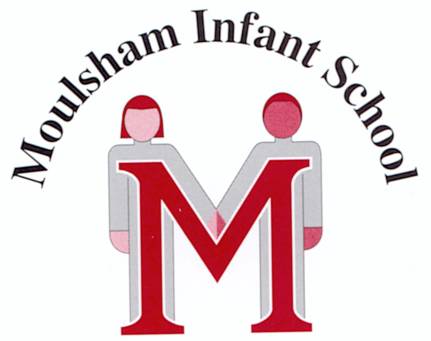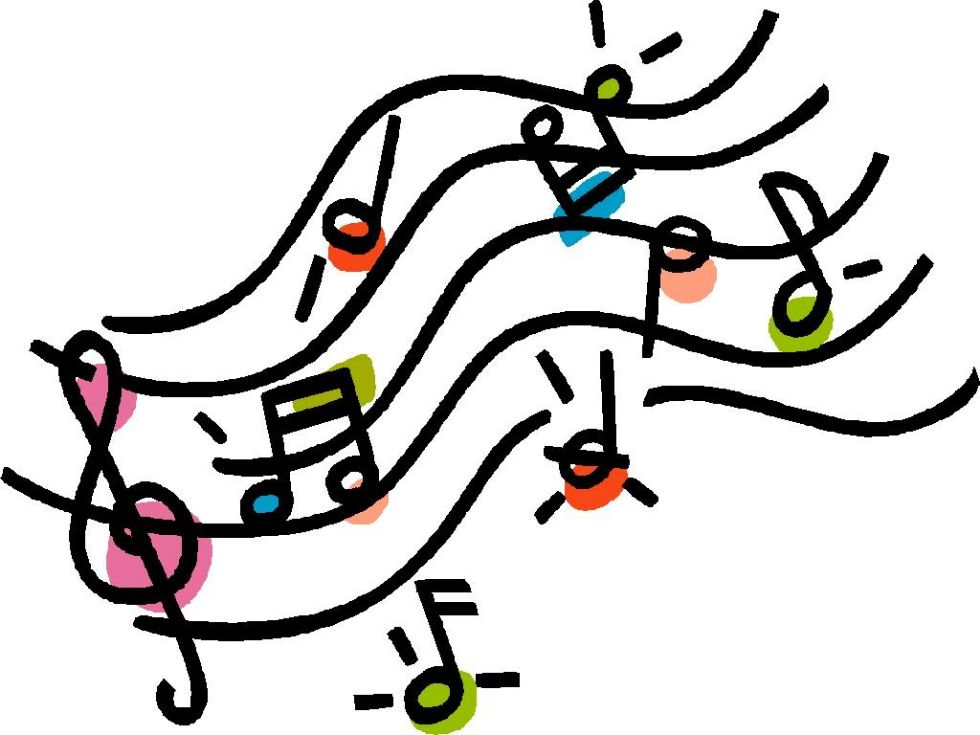|
By the end of Year 1 your child should be able to:
Perform: Singing
- Sing more in tune and more in time to the beat with musical accompaniment.
- Sing songs in different styles including chants and rhymes.
- Co-ordinate actions with a song.
- Explore different sounds made by their voice and hands.
Perform: Instruments
- Play percussion instruments in time to a steady beat.
- Play loudly, quietly, fast and slow.
- Play a simple 4 beat pattern on the chime bars.
- Play a simple 4 beat pattern in time as part of a group.
Composing:
- Choose musical sound effects to follow a story line.
- Sequence symbols or Stave House rhythm characters to make a simple structure.
Listening:
- Listen to a piece of music and move in time to a steady beat.
- Recognise the sound of some percussion instruments and name them.
- Listen to a rhythm pattern and identify a crotchet and semibreve.
Appraising:
- Identify some simple similarities between 2 rhythm patterns.
- With support identify where a semibreve is played in a short pattern of notes.
- Use musical terms louder/quieter, faster/slower, higher/lower.
- Begin to articulate how changes in speed, pitch and dynamics affect the mood of the music.
|
By the end of Year 2 your child should be able to:
Perform: Singing
- Sing a variety of songs with more accuracy of pitch
- Sing a range of songs in different styles with the words sung clearly and beginning to convey different moods to reflect the meaning of the song.
- Echo sing in response to a short melodic phrase sung to them.
- With adult support sing in a round or in unison with another group.
Perform: Instruments
- Play percussion instruments in time to a steady beat and understand how to play faster or slower with control.
- Play a simple 8 beat pattern on the chime bars or recorder.
- Play a simple 8 beat pattern in time as part of a group.
- Follow standard notation for notes B, A and G.
Explore and Compose:
- Compose a short melodic piece using the notes B, A and G.
- Sequence Stave House rhythm characters to make a simple structure including crotchets, minims, quavers and semibreves.
Listen, Reflect and Appraise:
- Listen to music with increased concentration.
- Recognise the sound of percussion instruments and name them.
- Listen to a rhythm pattern and identify a crotchet, minim, quaver and semibreve.
- Identify similarities and differences between 2 simple rhythm patterns played on an instrument.
- Identify different qualities of sound such as smooth, scratchy, clicking, ringing (timbre).
- Recognise and respond to the mood of a piece of music.
|

 Music
Music